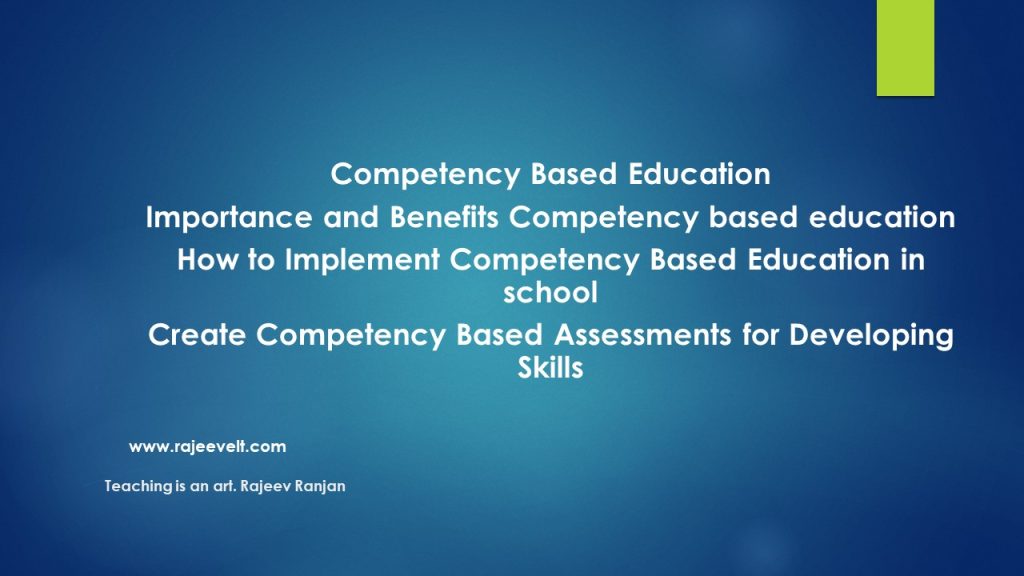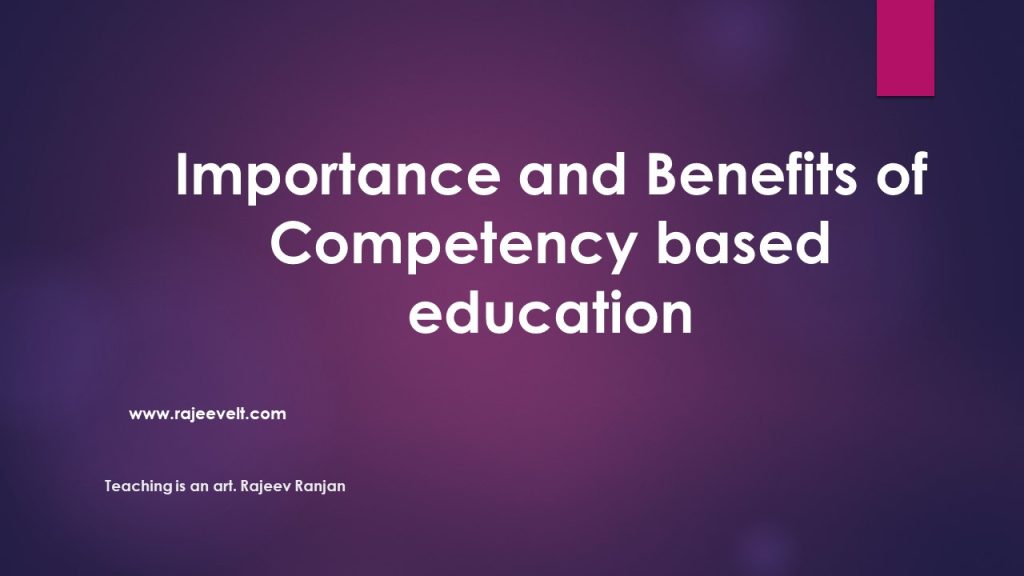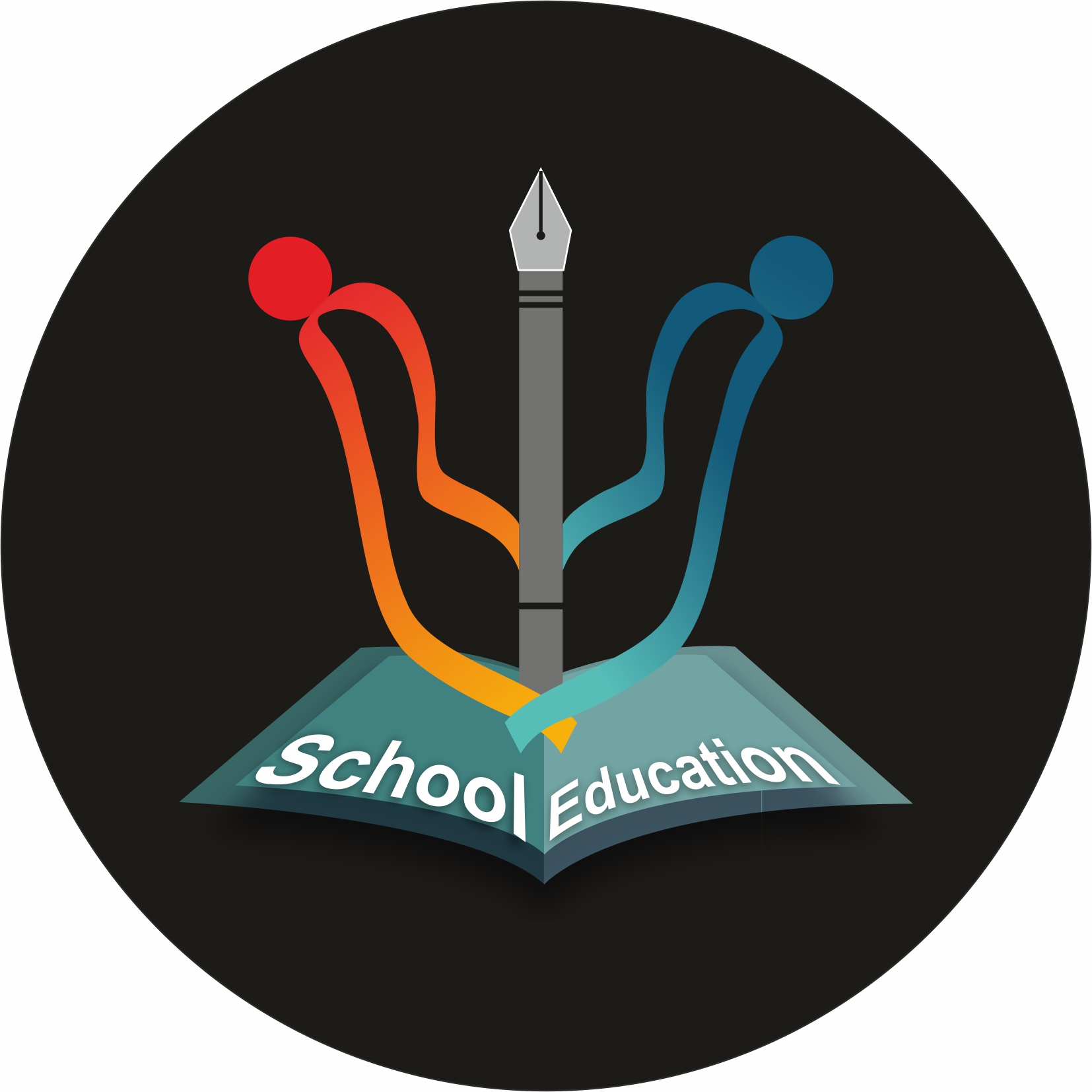
Competency Based Education
Importance and Benefits Competency based education
How to Implement Competency Based Education in school
Create Competency Based Assessments for Developing Skills
Competency-based education (CBE) is an approach to learning that focuses on the development of specific skills, knowledge, and abilities, rather than simply accumulating credits or completing courses. In a CBE program, students are evaluated on their mastery of specific competencies, which are usually identified by educators and employers as essential for success in a particular field or industry.


In a CBE program, students may progress through the curriculum at their own pace and demonstrate their mastery of competencies through a variety of assessment methods, such as exams, projects, or simulations. This allows students to focus on areas where they need more time or support, and to move quickly through areas where they already have expertise.
One of the key benefits of CBE is that it aligns education more closely with workforce needs. By focusing on specific competencies, CBE programs can help students develop the skills and knowledge that are most in demand by employers, making them better prepared for the workforce.
CBE programs can be found in a variety of settings, including traditional higher education institutions, vocational and technical schools, and online learning platforms. Some examples of CBE programs include coding bootcamps, healthcare certification programs, and competency-based degree programs in fields like business, education, and engineering.
Importance and Benefits Competency based education
Competency-based education (CBE) has several important benefits for students, educators, and employers. Here are some of the key benefits:
Focus on mastery: CBE programs focus on ensuring that students have mastered specific competencies, rather than simply completing a course or accumulating credits. This ensures that students have the skills and knowledge they need to succeed in their chosen field.
Personalized learning: CBE programs often allow students to progress at their own pace and focus on areas where they need more support. This can lead to a more personalized learning experience and better outcomes for students.
Alignment with workforce needs: CBE programs are designed to align with the needs of employers and the workforce. This means that students are developing the skills and knowledge that are most in demand, making them better prepared for the job market.
Cost-effective: CBE programs can be more cost-effective than traditional education programs, as students may be able to progress more quickly through the curriculum and avoid spending time on areas where they already have expertise.
Flexibility: CBE programs can be offered in a variety of formats, including online and hybrid programs, making them more accessible to students who may not be able to attend traditional on-campus programs.
CBE is an important approach to education that helps students develop the skills and knowledge they need to succeed in the workforce. It provides a personalized and efficient way of learning that aligns with the needs of the job market, ultimately benefiting both students and employers.


Competency based education in school
Competency-based education (CBE) can also be implemented in K-12 schools. In this context, CBE is focused on ensuring that students have mastered key knowledge and skills before moving on to the next level. This approach is based on the idea that students learn best when they are given opportunities to engage with challenging tasks, receive feedback on their progress, and have the chance to revise and improve their work.
Here are some ways that CBE can be implemented in K-12 schools:
Standards-Based Grading: CBE can be used to guide grading practices, where teachers grade students on the mastery of specific standards or competencies. This can help students and parents understand what they need to do to meet expectations and make progress.
Personalized Learning: CBE can be used to support personalized learning, where students work at their own pace to master specific competencies. This approach can be particularly beneficial for students who need extra support or who are advanced in their learning.
Formative Assessments: CBE emphasizes the use of formative assessments, which provide ongoing feedback to students on their progress towards mastery. This can help students identify areas where they need to focus their efforts and guide teacher instruction.
Competency-Based Graduation: CBE can be used to determine when students are ready to graduate from high school based on mastery of specific competencies. This can ensure that students are prepared for college and careers and can also help to reduce the number of students who require remedial coursework in college.
CBE can be an effective approach to teaching and learning in K-12 schools. By focusing on mastery of specific competencies, CBE can help students achieve their learning goals and be better prepared for college and careers.
How to Implement Competency Based Education in school
Implementing a competency-based education (CBE) program in a school requires careful planning and collaboration among educators and school leaders. Here are some steps to follow when implementing a CBE program in a school:
Define Competencies: The first step is to identify the specific competencies that students need to master. These competencies should be based on state standards, career readiness skills, or other relevant frameworks.
Create Assessments: Once competencies have been identified, the next step is to create assessments that measure student mastery of these competencies. These assessments can include formative assessments, performance tasks, and summative assessments.
Develop Rubrics: Rubrics should be developed for each assessment to provide clear criteria for mastery of the competencies. These rubrics should be shared with students so they know what they need to do to achieve mastery.
Personalize Learning: CBE programs should be designed to allow for personalized learning, where students work at their own pace and receive targeted support to achieve mastery of the competencies.
Implement a Data Management System: CBE programs require a data management system to track student progress and ensure that students are meeting the necessary competencies. This system should provide teachers with real-time data to help them adjust instruction as needed.
Provide Professional Development: Teachers will need training and support to implement a CBE program effectively. Professional development should focus on instructional strategies, assessment design, and data analysis.
Communicate with Parents and Students: It is important to communicate with parents and students about the CBE program and the expectations for mastery of competencies. This can help build support for the program and ensure that students are motivated to achieve mastery.
Implementing a CBE program requires careful planning and collaboration among educators and school leaders. By following these steps, schools can create a CBE program that is personalized, rigorous, and effective at preparing students for college and careers.


Create Competency Based Assessments in Speaking Skill
Creating competency-based assessments for speaking skills can be challenging, but here are some steps you can follow:
Identify the competencies: Start by identifying the specific speaking competencies you want to assess. These could include skills such as pronunciation, fluency, coherence, vocabulary use, and grammar.
Determine the format: Decide on the format of the assessment. This could be a conversation between the student and the teacher, a group discussion or debate, or a presentation.
Develop a rubric: Create a rubric that defines the criteria for success in each of the identified competencies. For example, the rubric could have a section for pronunciation, which would include criteria such as clarity, accuracy, and intonation.
Develop prompts: Develop prompts or questions that require students to demonstrate their mastery of the competencies. For example, you could ask students to describe a personal experience, give an opinion on a controversial topic, or summarize a news article.
Provide feedback: After the assessment, provide students with feedback on their performance, highlighting their strengths and areas for improvement. Use the rubric to guide your feedback and be specific about what the student needs to do to improve.
Repeat the process: Regularly assess students using this method, and adjust the rubric and prompts as necessary to ensure that you are effectively measuring the competencies you want to assess.
Remember that creating competency-based assessments for speaking skills requires a deep understanding of the competencies and the ability to accurately measure them. It is important to provide students with clear criteria and feedback, so they know what they need to do to improve their speaking skills.
Can you create some competency-based questions for developing writing skill?
Grammar and Syntax:
- Can you identify and correct common grammar errors, such as subject-verb agreement and pronoun use?
- Can you vary your sentence structure to make your writing more interesting and engaging?
- Can you use punctuation correctly and effectively to clarify your meaning and add emphasis?
Clarity and Conciseness:
- Can you write clear and concise sentences that effectively communicate your ideas?
- Can you avoid unnecessary repetition and wordiness in your writing?
- Can you use precise language and avoid vague or ambiguous terms?
Editing and Revision:
- Can you revise your writing for clarity, coherence, and effectiveness?
- Can you edit your writing for spelling, grammar, and punctuation errors?
- Can you use feedback from peers and instructors to improve your writing over time?
CBE is an important approach to education that helps students develop the skills and knowledge they need to succeed in the workforce. It provides a personalized and efficient way of learning that aligns with the needs of the job market, ultimately benefiting both students and employers.

Resources and References



